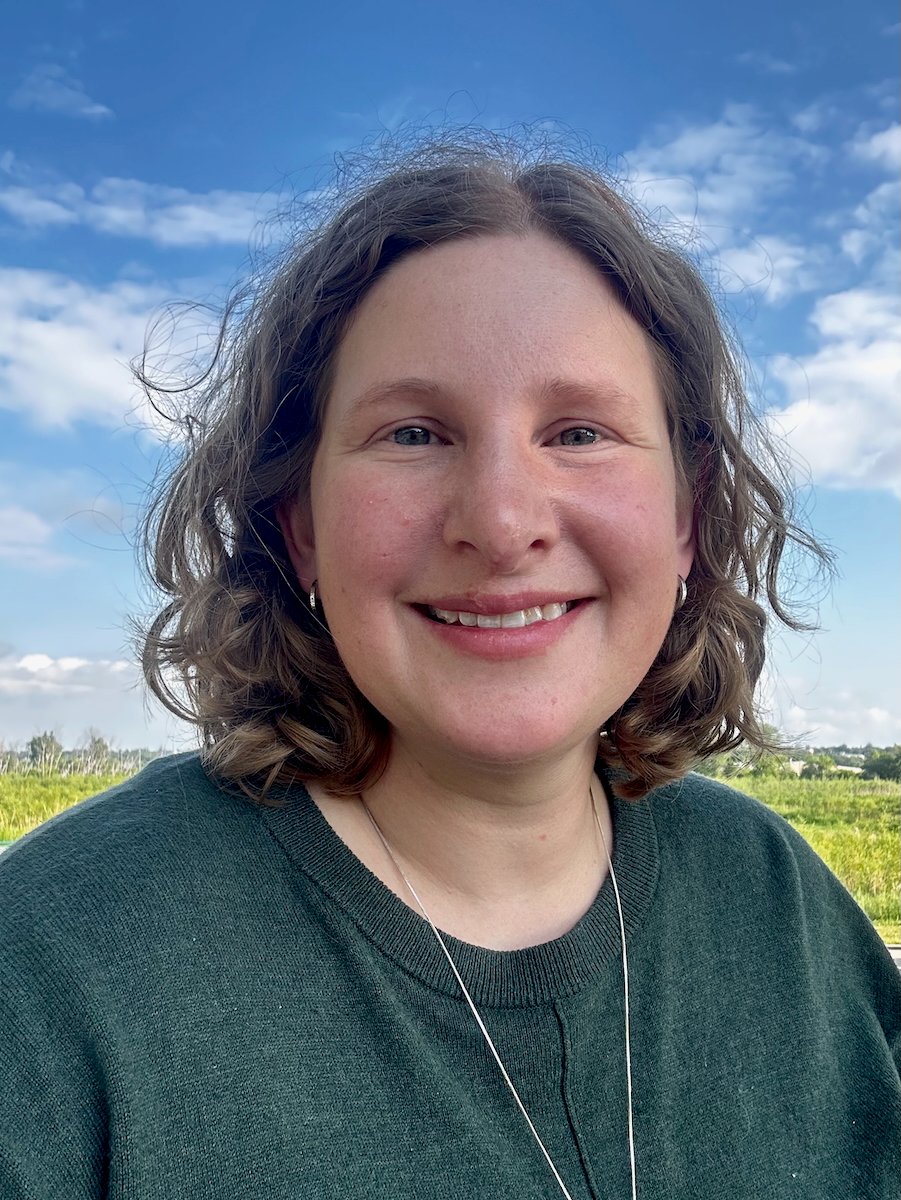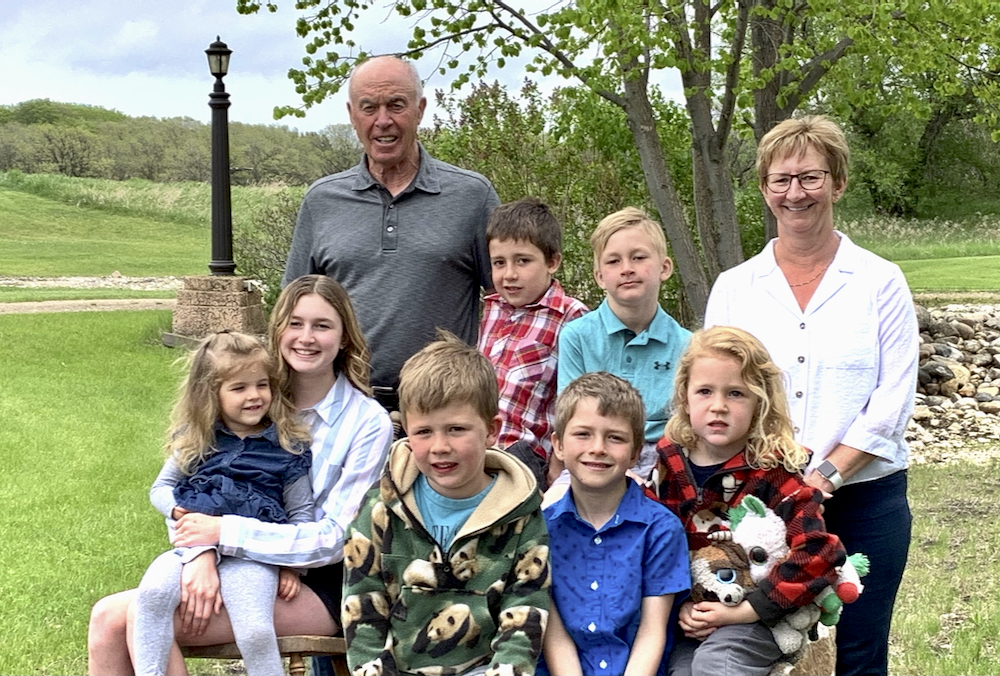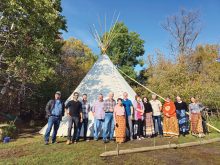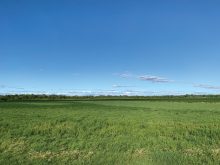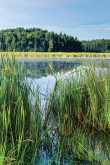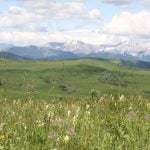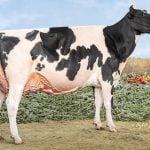Gord and Val Turner really put sustainable management practices to work on their Treherne-area farmland.
There are small water retention projects. Sloped areas have been stabilized with increased vegetation. Sustainable ag practices are being put to the test in the field and water bodies have been put out of reach of livestock.
It is, according to their local watershed district, a mark of the couple’s long history with the organization and with conservation projects in general.
Read Also
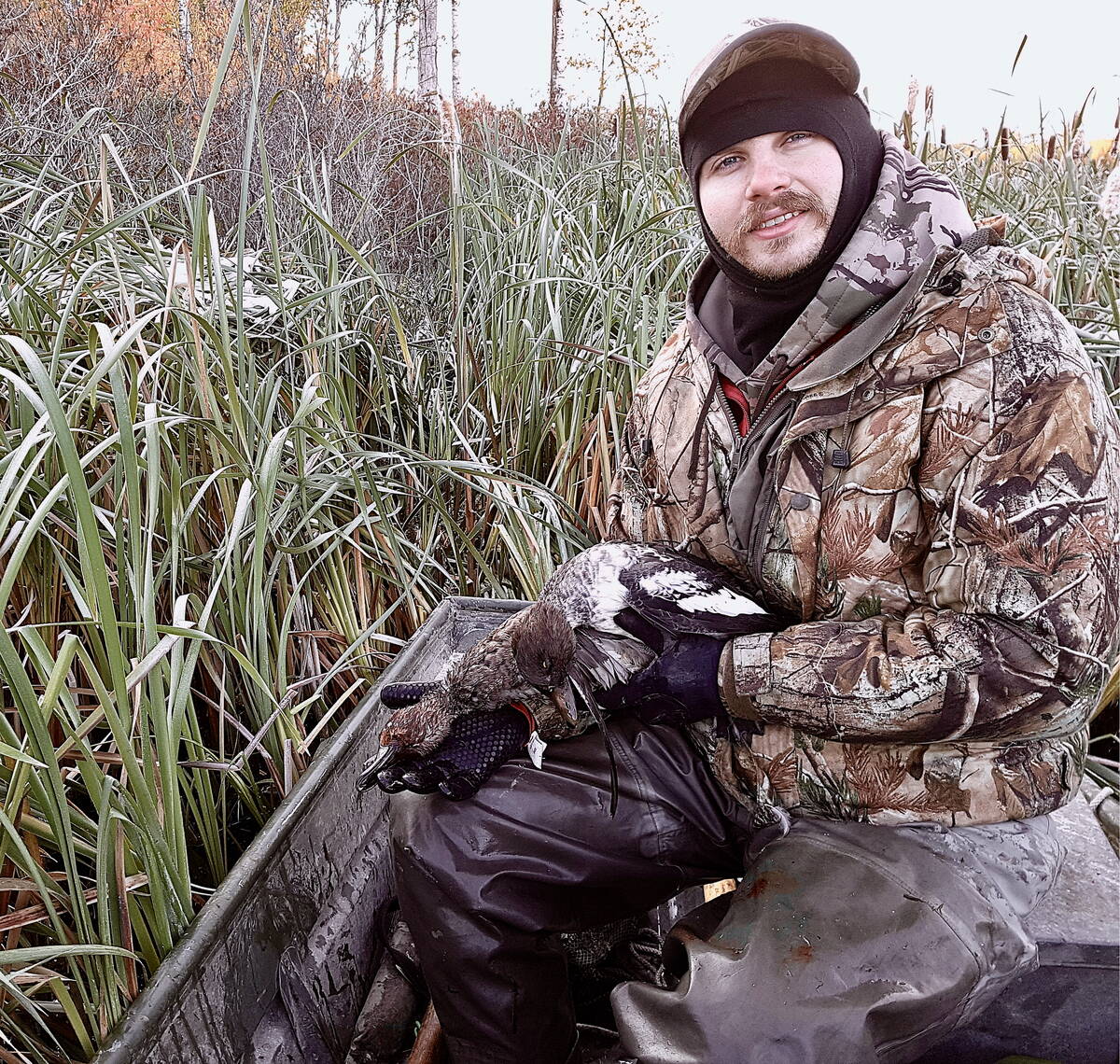
Mastering Manitoba’s late-season bird hunt
Manitoba hunters still have plenty of hunting opportunities left in fall 2025 for grouse, partridge and even waterfowl like ducks and geese.
“We’ve done a lot with them on and off over the years,” Justin Reid, manager of the Redboine Watershed District, said.
Why it matters: The Turners have turned their interest in sustainability into projects exploring everything from in-field farm practices to protecting ravines from erosion.
The couple does not actively farm, although Gordon Turner is connected to agriculture through his work at potato seed growers Swansfleet Alliance.
The couple has, however, been longtime landlords of Val Turner’s family farm site, which they bought in 1994 and currently rent out as agriculture land. In 2001, the farm’s land based expanded. Today, the couple owns three-quarters of a section.
“Some of it is pasture, some of it is light land, some of it has some ravines, so you have to be kind of protective of it. It can be easily washed away,” Val Turner said.
Both livestock and annual crop production take place on the parcel, Turner noted, including every third or fourth year, when acres go into potatoes.
Seven years after expanding, the couple volunteered their first piece of land for a sustainable management project, through what was, at the time, the local conservation district.
At the start of 2020, the province proclaimed the Watershed Districts Act, transitioning the province’s previous 18 conservation districts into 14 expanded watershed districts.
That first project involved fencing the edges of a creek, matched with a solar-powered offsite watering system.
Since then, the project list has multiplied. Trees were supplied and planted along a ravine by the local conservation organization as erosion control.
“And then we had a couple of projects sealing abandoned wells that they helped with,” Val Turner said.
With the advent of the GROW program in recent years, that project list expanded yet again.
In 2019, the provincial government established a $52-million GROW trust (properly called the “Growing Outcomes in Watersheds” initiative”), building off of the existing $102-million Conservation trust. A third, $50-million GROW fund was later announced specifically for wetlands.
The GROW program is designated for individual projects administered through the watershed district.
The Turners were among the first locals to pitch projects under the funding stream, according to their home Redboine Watershed District, and continue to pitch projects.
That program “gave the opportunity for our partnership with them to even flourish more,” Reid said.
Their project list has required them to work closely with their renters, Val Turner said, although the couple does not have specific management requirements they convey for that rented land.
Earning laurels
Over a decade of involvement has now earned the couple their local watershed district award for 2021, announced at the Manitoba Association of Watersheds (MAW) conference in late December.
According to MAW, awards winners are chosen each year by their respective districts based on “good environmental stewardship that relates to the vision of Manitoba’s watershed districts.”
Farms, farm families, non-profits, businesses or individual industries are eligible for nomination.
“They’re both very eager to put practices into place on their land that really think about the watershed and the landscape first,” Reid said. “I know Gordon has done a lot of things that he’s kind of dreamed up and planned based on how it’ll help the watershed.”
Among other things, the Redboine Watershed District noted the couple’s role in publicly promoting land and water management practices.
Future
The Turners are not done with new conservation projects.
This past year, the couple introduced their most recent effort — cover cropping low-productivity land to rejuvenate soil health.
The couple devoted a quarter section to the project, again with the assistance of the Redboine Watershed District.
“We are looking for other projects,” Gordon Turner said, adding that the cover crop might also make a repeat appearance on their land every few years.
There have also been talks around a water retention project in some sloped areas along the creek bed, according to the watershed district.
Another small field of light soil is also slated for a change to forage, Gordon Turner noted, something the couple hopes will improve interest in the parcel, since it is not conducive to the big equipment associated with most annual production.
“We’re very happy with the staff at Redboine (Watershed District),” Val Turner said. “They’re very good at coming out to the farm to go over things… they’re really there to help us fill out forms or answer questions. They’re wonderful people and we’re very pleased to be able to work with them and get assistance to improve our land.”

